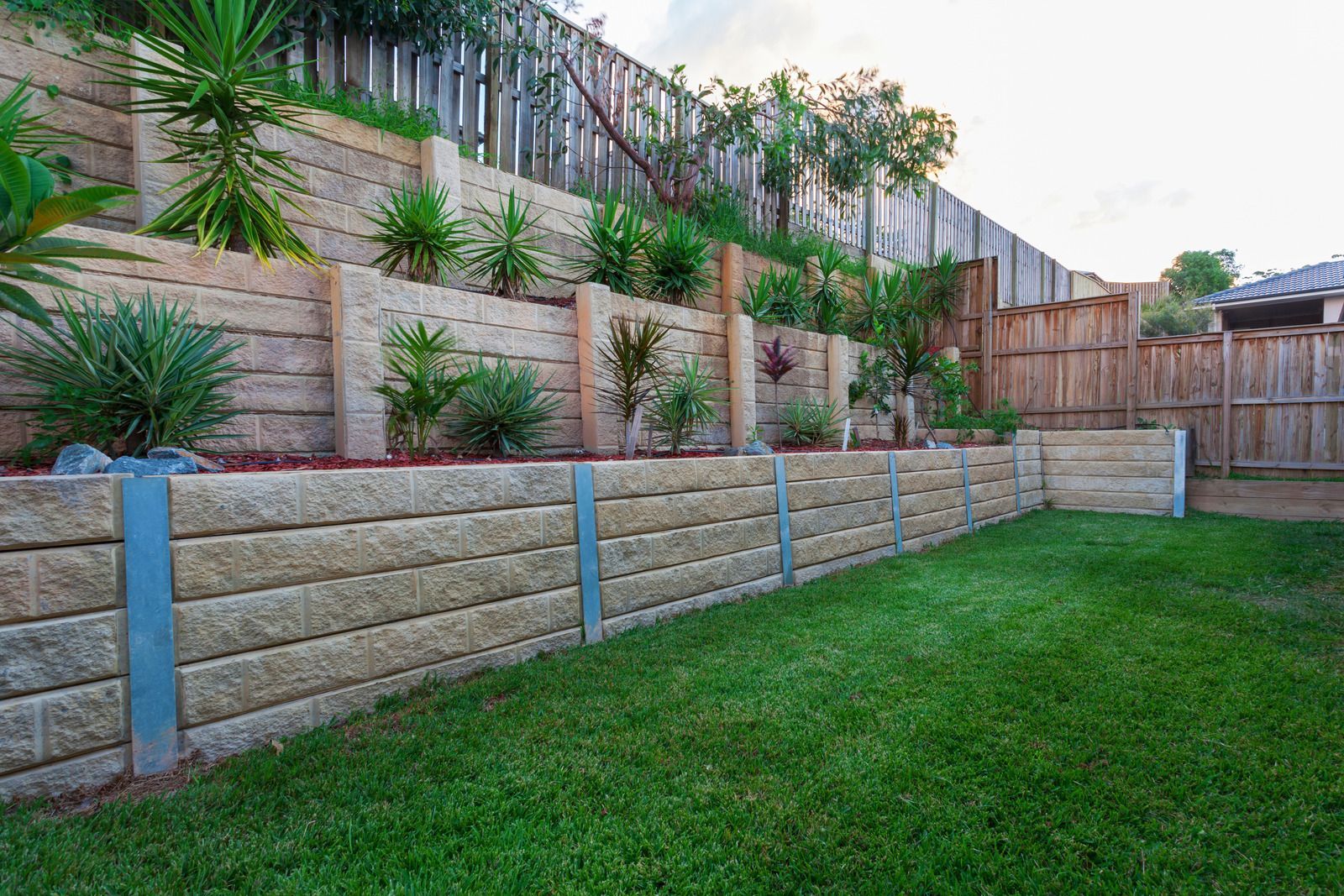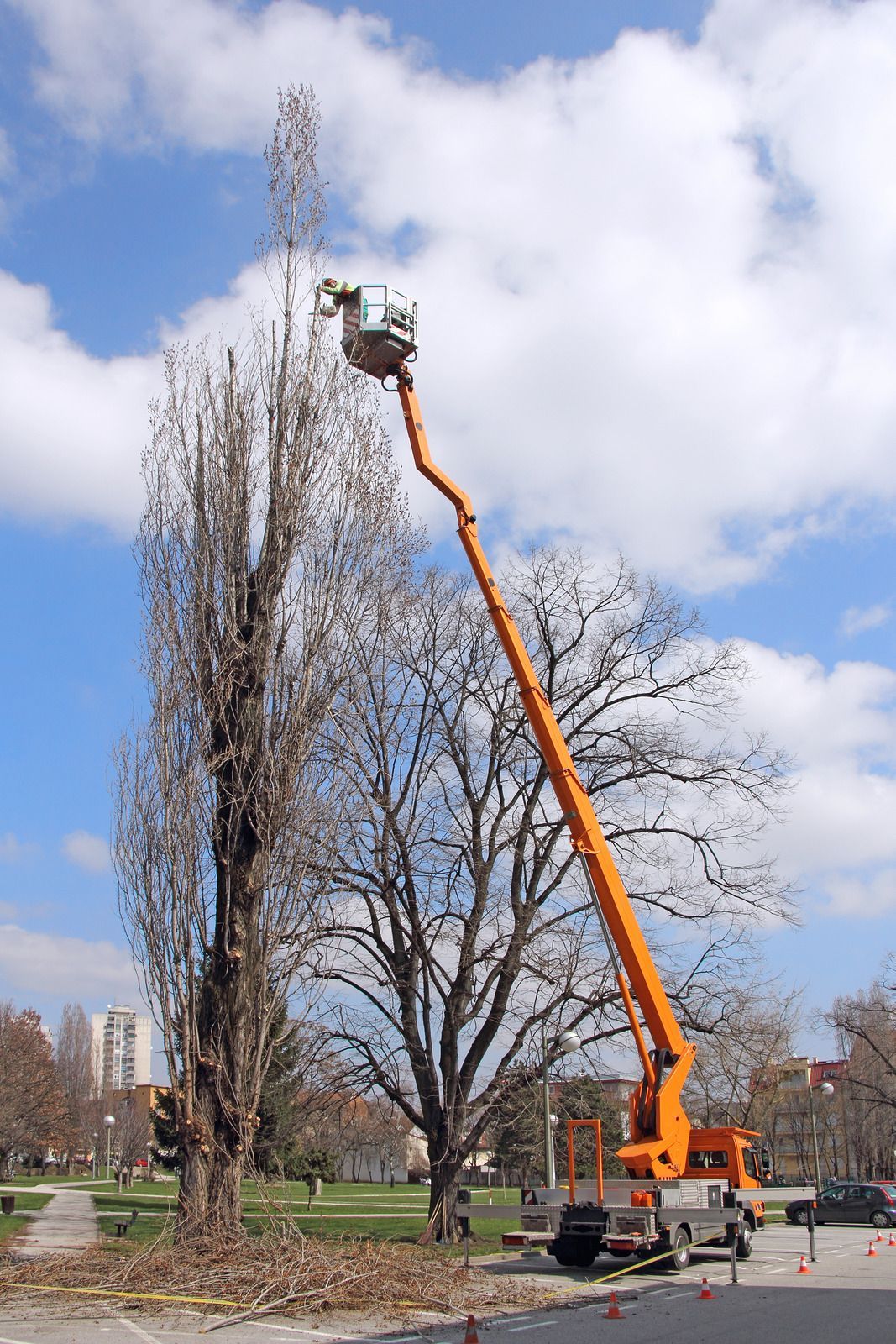How to Identify the Signs Your Asphalt Needs Maintenance
Asphalt surfaces play a big role in driveways, parking lots, and roads. Over time, they go through a lot of stress from traffic, weather, and temperature changes. Cracks, potholes, and other damage can appear if maintenance does not happen at the right time. Small issues may not seem like a problem, but they can grow fast and lead to expensive repairs. Knowing the warning signs can help prevent bigger damage.
Many people wait too long before taking action. Asphalt may look fine on the surface, but small cracks and rough spots can weaken it. If left alone, moisture and debris can make the damage worse. A well-maintained surface lasts longer and looks better. It also keeps vehicles and pedestrians safe.
Here are some signs your asphalt surfaces need maintenance:
1. Cracks on the Surface
Cracks appear for many reasons, including heavy traffic, temperature changes, and moisture. Small cracks may not look serious, but they let water seep in. When water reaches the lower layers, it weakens the base. Over time, the cracks widen and cause bigger problems. Some cracks look like thin lines, while others form a pattern like alligator skin. Deep or spreading cracks need immediate attention. Sealing them early can prevent costly repairs.
2. Potholes Developing
Potholes start when water gets into cracks and freezes in cold weather. The expansion weakens the surface, and passing vehicles break the asphalt apart. These holes make driving unsafe and can cause damage to cars. A single pothole can grow quickly if left alone. Water collects inside, making it worse. Fixing potholes early stops them from spreading. It also prevents further damage to the surrounding area.
3. Fading or Discolored Asphalt
Fresh asphalt looks dark and smooth, but sunlight and weather exposure cause fading. UV rays dry out the oils that keep asphalt flexible. A gray or dull surface means the material is losing strength. Faded asphalt can become brittle, leading to cracks and rough patches. A protective seal can restore color and add a layer of defense. Regular maintenance helps keep the surface strong and prevents drying.
4. Pooling Water
Water should drain properly after rain. If puddles form and stay for hours, the surface may have an issue. Poor drainage can lead to cracks, potholes, and soft spots. Standing water weakens the asphalt over time. It also increases the risk of slippery spots. Fixing drainage problems early can stop more damage from happening.
5. Uneven or Rough Surface
A smooth surface means the asphalt is in good shape. Over time, wear and tear create rough patches, dips, and uneven areas. These changes affect both looks and function. An uneven surface can make driving uncomfortable and cause tripping hazards. It may also indicate damage beneath the surface. Addressing rough spots quickly prevents bigger problems later.
6. Loose Gravel or Pieces Breaking Off
When small pieces of asphalt start breaking away, it shows signs of weakening. It often happens when the surface loses its bonding oils. Loose gravel makes the surface unstable and unsafe. If not treated, the breakdown will continue. Restoring the surface early can stop further damage and improve durability.
Regular maintenance keeps asphalt strong, smooth, and safe. Cracks, potholes, fading, and rough spots are clear warning signs. Waiting too long can lead to expensive repairs or full replacement. Taking action early helps extend the life of the surface. A
well-maintained asphalt surface improves safety and looks better. Small fixes now can prevent major problems in the future. Keeping an eye on these warning signs helps protect both the asphalt and the investment.


Send Us A Message
Thank you for contacting us.
We will get back to you as soon as possible
Oops, there was an error sending your message.
Please try again later



